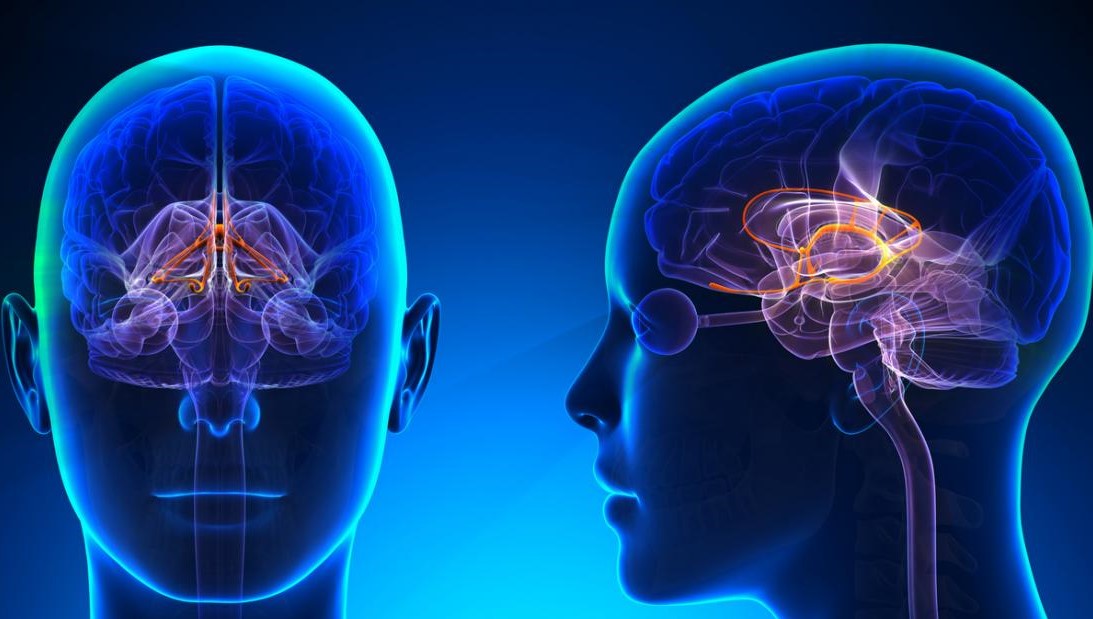Gamma Brainwave Training: Evolution Aspects

Brainwave frequencies reflect our brain’s electrical activity and vary depending on our mental state. Understanding brainwave frequencies is crucial to grasping the significance of Gamma brainwaves.
Brainwave Frequencies
- Delta (0.5 to 4 Hz): Delta waves dominate during deep sleep and therapeutic processes. They help with healing and regeneration.
- Theta (4 to 8 Hz): Theta waves appear during light sleep, relaxation, and meditation. They enhance creativity and intuition.
- Alpha (8 to 12 Hz): Alpha waves are present during relaxed, calm, and alert states. They aid in mental coordination and learning.
- Beta (12 to 30 Hz): Beta waves are linked to active thinking, problem-solving, and focus. They are shared during cognitive tasks.
- Gamma (30 to 100 Hz): Gamma waves are the fastest brainwaves. They are associated with high-level cognitive functions, information processing, and consciousness.
Understanding Gamma Brainwaves
Gamma brainwaves, ranging from 30 to 100 Hz, are the fastest of all brainwave frequencies. They are vital in high-level information processing, cognitive functioning, and consciousness. Researchers link Gamma waves to peak mental states, where different brain regions synchronize for optimal performance. High levels of Gamma waves correlate with enhanced perception, problem-solving, and memory.
Technologies for Gamma Brainwave Training
Several technologies aim to enhance Gamma brainwave activity. These methods promote mental clarity, focus, and cognitive performance. Here are the leading technologies:
-Neurofeedback: This technique uses real-time monitoring of brainwave activity. Individuals learn to increase their Gamma waves through feedback mechanisms.
– Audio-Visual Entrainment (AVE): AVE uses rhythmic visual and auditory stimuli to synchronize brainwave frequencies. This method can boost Gamma wave production.
– Light and Sound Therapy: Light and sound therapy employs specific frequencies of light and sound to stimulate Gamma wave activity in the brain.
– Transcranial Magnetic Stimulation (TMS): TMS uses magnetic fields to stimulate nerve cells in the brain. It can enhance Gamma wave production and cognitive functions.
– Binaural Beats: Binaural beats present two slightly different frequencies to each ear. The brain perceives a third tone, the difference between the two frequencies, encouraging Gamma wave synchronization.
Disorders and Conditions Treated with Gamma Brainwave Training
Scientific studies have explored Gamma brainwave training for various medical conditions. These studies show promising results for several disorders:
-Depression: Increasing Gamma wave activity can improve mood and alleviate symptoms of depression.
– Anxiety: Gamma wave training helps reduce anxiety levels and promote relaxation.
– ADHD: Enhancing Gamma waves improves attention and reduces hyperactivity in individuals with ADHD.
– Autism: Gamma wave stimulation improves social interactions and cognitive functions in autistic individuals.
– Alzheimer’s Disease: Increasing Gamma waves may slow down the progression of Alzheimer’s and improve cognitive functions.
– Schizophrenia: Gamma wave training helps mitigate symptoms and enhance cognitive functions in schizophrenic patients.
Gamma Brainwaves and Meditation
Scientific studies have shown that specific meditation techniques significantly increase Gamma wave activity. Tibetan lamas and other experienced monks demonstrate this phenomenon through their advanced meditation practices.
Tibetan Lamas and Monks
Tibetan lamas and monks practice meditation techniques that produce high levels of Gamma waves. Researchers have studied their brains to understand the impact of meditation on Gamma wave activity. Key findings include:
-Focused Attention Meditation: This technique involves sustained attention to a single object or thought. It enhances Gamma wave activity and cognitive functions.
– Open Monitoring Meditation: Practitioners maintain a non-reactive awareness of their thoughts and sensations. This method increases Gamma wave production and improves mental clarity.
– Loving-Kindness Meditation: This practice focuses on generating feelings of compassion and love. It boosts Gamma wave activity and promotes emotional well-being.
Studies reveal that these meditation techniques significantly increase Gamma wave activity. The increased Gamma waves correlate with enhanced mental states, emotional stability, and cognitive performance.
Gamma Frequencies, Compassion, and Empathy
Emerging research suggests a profound connection between Gamma brainwave frequencies and the development of compassion and empathy in humans and animals. Gamma waves, associated with high-level cognitive functions and consciousness, may also play a crucial role in fostering social bonds and emotional connections.
Studies indicate that increased Gamma wave activity correlates with heightened compassion and empathy. Individuals exhibiting higher levels of Gamma waves display greater emotional awareness and the ability to understand and share the feelings of others. Enhanced empathic response facilitates better interpersonal relationships and social harmony.
Evolutionary Connection
The development of Gamma frequencies played a significant role in the evolution of early human societies. As humans began to organize into tribes and communities, the ability to empathize and cooperate would have been essential for survival. Enhanced Gamma wave activity could have contributed to these social behaviors by fostering a sense of unity and collective well-being.
Early humans who exhibited higher levels of Gamma waves might have been better equipped to form social bonds, collaborate on tasks, and share resources. This capability would have provided a survival advantage, promoting the development of complex social structures and cultural evolution. The increased cooperation and emotional connectivity facilitated by Gamma waves could have driven the formation of larger, more cohesive groups, leading to the rise of early human civilizations.
Psychedelics and Gamma Waves
Recent research theories explore the potential role of plant-based psychedelics in the early development of Gamma waves in humans. Early humans likely experimented with naturally occurring psychedelic substances, which may have contributed to the brain’s ability to produce Gamma frequencies.
Psychedelics like psilocybin, found in certain mushrooms, have been shown to increase Gamma wave activity in modern studies. These substances may have facilitated altered states of consciousness, enhancing cognitive functions and emotional awareness. The use of psychedelics could have acted as a catalyst for the brain’s evolution, promoting higher levels of Gamma wave activity and contributing to the development of empathy, compassion, and complex social behaviors.
Conclusion
Gamma brainwave training offers a powerful approach to enhancing cognitive functions and treating various medical conditions. Understanding brainwave frequencies helps us appreciate the unique role of Gamma waves in our mental processes. By leveraging advanced technologies and meditation techniques, we can tap into the potential of Gamma brainwaves for improved mental clarity, focus, and overall well-being. The connection between Gamma brainwaves and compassion highlights the intricate relationship between our brain’s electrical activity and social behavior. Gamma waves likely played a pivotal role in the evolution of early human societies, fostering cooperation and emotional bonds. Additionally, the use of psychedelics in early human history may have stimulated the production of Gamma frequencies, further enhancing cognitive and social development. Understanding these connections offers valuable insights into the evolution of human consciousness and social structures.
References:
https://news.mit.edu/2024/evidence-gamma-rhythm-stimulation-can-treat-neurological-disorders-emerging-0118
https://www.ncbi.nlm.nih.gov/pmc/articles/PMC5261734/
https://www.ncbi.nlm.nih.gov/pmc/articles/PMC3693439/

